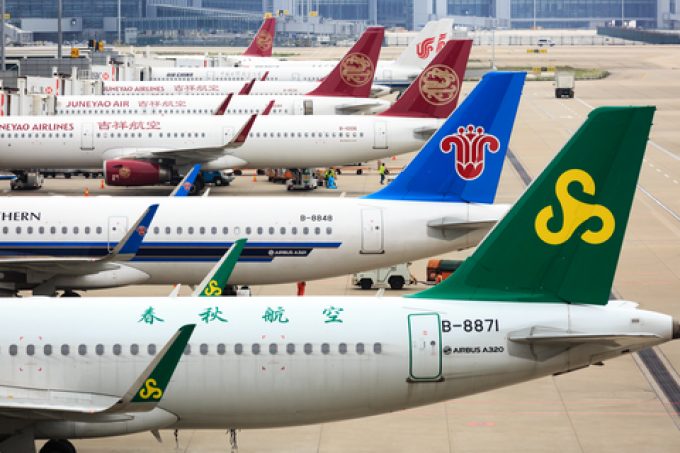'Rollercoaster' Asia to NAWC capacity is increasingly unstable
The Transpacific market is “a rollercoaster ride” according to one major carrier, and data indicates ...

As Chinese industrial production begins to recover, North American shippers that spread their Asian sourcing, and have so far escaped the worst of the coronavirus-related supply chain issues in China, are likely to encounter new transport bottlenecks in the wider region.
Air freight is expected to ...

Comment on this article